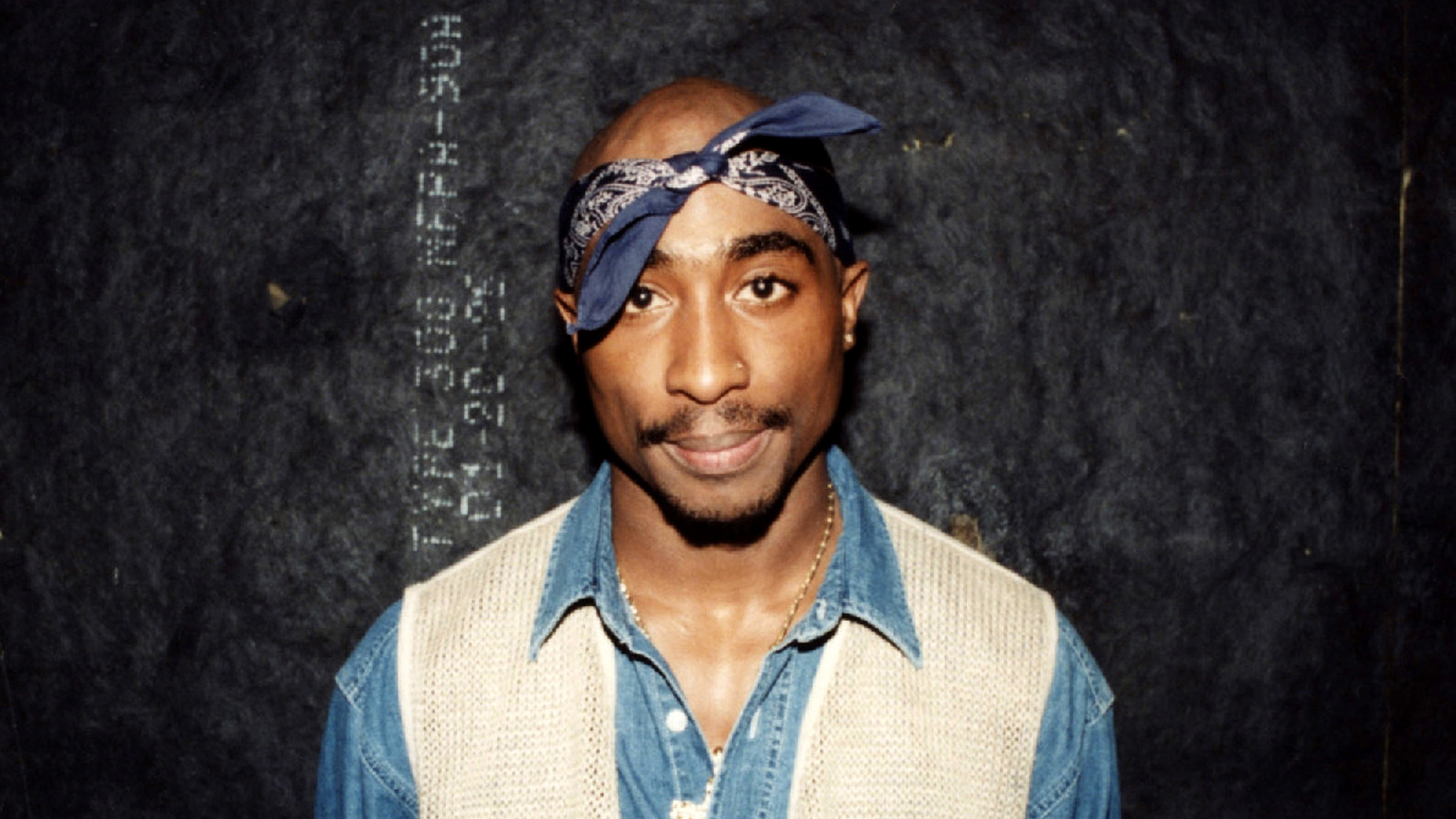U.S. stocks sank more than 2 percent Thursday, the second day of steep declines around the globe driven by concerns about rising interest rates and trade tensions that could slow economic growth.
The Dow Jones Industrial Average fell 545 points after dropping 831 points Wednesday. The two-day loss of 5.3 percent is the biggest for Dow since February. The S&P 500 is also down more than 5 percent over the two days and after falling for the past six trading days is almost 7 percent below its Sept. 20 high.
The recent turbulence in financial markets is a contrast to what investors have grown accustomed to in a bull market that has lasted more than 10 years, the longest in history. A hallmark of the past decade has been ultra-low interest rates, which the Federal Reserve used to promote growth in the aftermath of the 2008 financial crisis.
The Fed has been gradually raising interest rates over the past two years, after not having increased them since the recession. Those higher rates have been the catalyst for recent selling, stoking concerns that slower growth would impinge on corporate profits.
The selling Thursday was widespread. Energy companies sank along with oil prices and CVS lead a rout in health care stocks. Technology companies and retailers, including longtime market favorites Apple, Alphabet and Amazon, extended their recent slide.
"There isn't much of a place to hide right now in the equity market," said Willie Delwiche, an investment strategist at Baird.
Seeking safety, investors bought gold and government bonds. That pushed bond prices up and their yields down, ending a surge in yields that had touched off the market's current decline. But investors found more things to worry about.
U.S. & World
There are ongoing concerns about the unresolved trade dispute between the U.S. and China. Strong earnings reports in the coming weeks could soothe investor nerves, but negative comments from company executives about future profits could have the opposite effect. Recently a larger-than-normal number of companies have warned that their third-quarter results could be weaker than analysts expected.
The benchmark S&P 500 index rose in morning trading, but ultimately gave up 57.31 points, or 2.1 percent, to 2,728.37, its lowest close in three months. The index has declined 6.7 percent during its current losing streak. That's its steepest downturn since a 10-percent drop in early February.
The Dow Jones Industrial Average lost 545.91 points, or 2.1 percent, to 25,052.83 after falling as much as 698. The Nasdaq composite skidded 92.99 points, or 1.3 percent, to 7,329.06. The Russell 2000 index of smaller-company stocks fell 30.03 points, or 1.9 percent, to 1,545.38.
Thursday's losses in the U.S. followed steep declines overseas. Markets in France, Britain and Germany fell after stocks declined sharply in Hong Kong and Japan.
"People are trying to get a sense of 'where should my money actually be right now?'" said JJ Kinahan, chief market strategist for TD Ameritrade.
The S&P 500's current decline is the longest since a nine-day skid shortly before the 2016 presidential election. It has climbed 27.5 percent since Donald Trump was elected, and is still up 2.1 percent in 2018.
The market had been calm from late June through September as investors were satisfied with continued economic growth, strong company profits, and signs of progress in trade talks between the U.S. and several partners, although the U.S. remained at odds with China.
Delwiche, the Baird strategist, thinks the current slump isn't over yet.
"I don't see evidence right now that this is a one-off event," he said.
On Thursday, President Trump renewed his criticism of the Federal Reserve, blaming the recent downturn in the stock market on the Fed's rate policy.
"We have interest rates going up at a clip that's much faster than certainly a lot of people, including myself, would have anticipated. I think the Fed is out of control," the president said to reporters in the Oval Office.
Trump said he had no intention of firing Jerome Powell, who he appointed as Fed chairman in February.
Bond prices rose as the recent surge in yields attracted the attention of some investors. The yield on the 10-year Treasury note fell to 3.15 percent from 3.22 percent late Wednesday. That's still sharply higher than it was about a week ago, and earlier this week the yield on the 10-year note reached its highest level since mid-2011.
The drop in yields hurt banks, and JPMorgan Chase fell 3 percent to $1078.13 while Bank of America sank 3 percent to $28.36. JPMorgan Chase and several other banks will report their third-quarter results Friday morning.
Technology and retail companies continued to stumble. Amazon dropped another 2 percent to $1,719.36 and Apple fell 0.9 percent to $214.45. Microsoft and Alphabet, Google's parent company, were little changed. Those stocks have made huge gains for years, but they're currently out of favor. Amazon and Alphabet, respectively the second- and fourth-most valuable U.S. companies, are in what's known as a "correction," a drop of more than 10 percent from a recent peak. Facebook, the sixth-largest company, has tumbled 29 percent since late July, surpassing the 20-percent threshold for a "bear market."
The Nasdaq composite has fallen 9.6 percent since it set a record high in late August and the Russell 2000 has fallen 11 percent.
U.S. crude dropped 3 percent while Brent crude, the international standard, dropped 3.4 percent. Wholesale gasoline, heating oil and natural gas also declined.
After months of declines, the price of gold jumped by the most in two years, rising 2.9 percent to $1,227.60 an ounce.
In other metals trading, silver rose 2 percent and copper added 0.8 percent.
The dollar fell to 111.94 yen from 112.59 yen, and the euro rose to $1.1594 from $1.1525.



